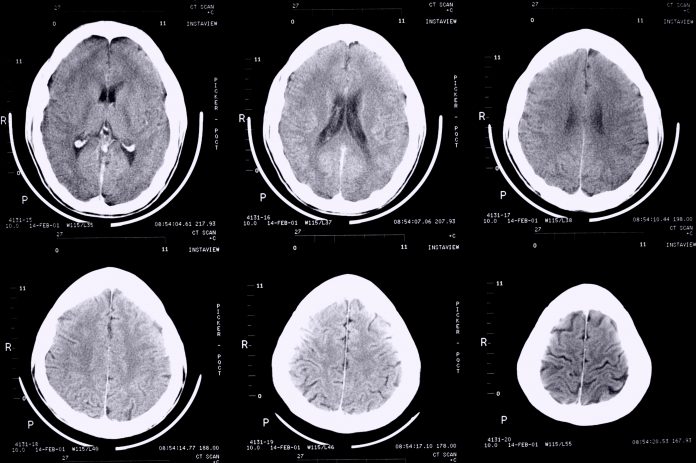Scientists at the University of Nottingham are exploring the potential of new treatment for epilepsy, as they reveal that neuron connections in the brain can be a good indicator of disease progression
Dr Marcus Kaiser from the School of Medicine at the University of Nottingham, looked at epilepsy patients undergoing surgery with his team. They found that the way in which neurons are connected within regions of the brain, can be a better indicator of disease progression and treatment outcomes for people with brain disorders.
New revelations about brain disease progression
They found that changes in the local network within brain regions can be a better predictor of disease progression, and also whether surgery will be successful or not.
The team found that looking at connectivity within regions of the brain, showed superior results to the current approach of only observing fibre tract connectivity between brain regions. Dividing the surface of the brain into 50,000 network nodes of comparable size, each brain region could be studied as a local network with 100-500 nodes. These local networks showed distinct changes compared to a control group not suffering from epileptic seizures.
Professor Yanjiang Wang, who is one of the corresponding authors, and Ms Xue Chen, both from China University of Petroleum (East China), said: “Local connectivity was not only better in overall predictions but particularly successful in identifying patients where surgery did not lead to any improvement, identifying 95% of such cases compared to 90% when used connectivity between regions.”
‘Increased brain activity during seizures’
Dr Kaiser, Professor of Neuroinformatics at the University of Nottingham, commented: “When someone has an epileptic seizure, it ‘spreads’ through the brain. We found that local network changes occurred for regions along the main spreading pathways for seizures. Importantly, regions far away from the starting point of the seizure, for example in the opposite brain hemisphere, were involved.
“This indicates that the increased brain activity during seizures leads to changes in a wide range of brain regions. Furthermore, the longer patients suffered, the more regions showed local changes and the more severe were these changes.”











